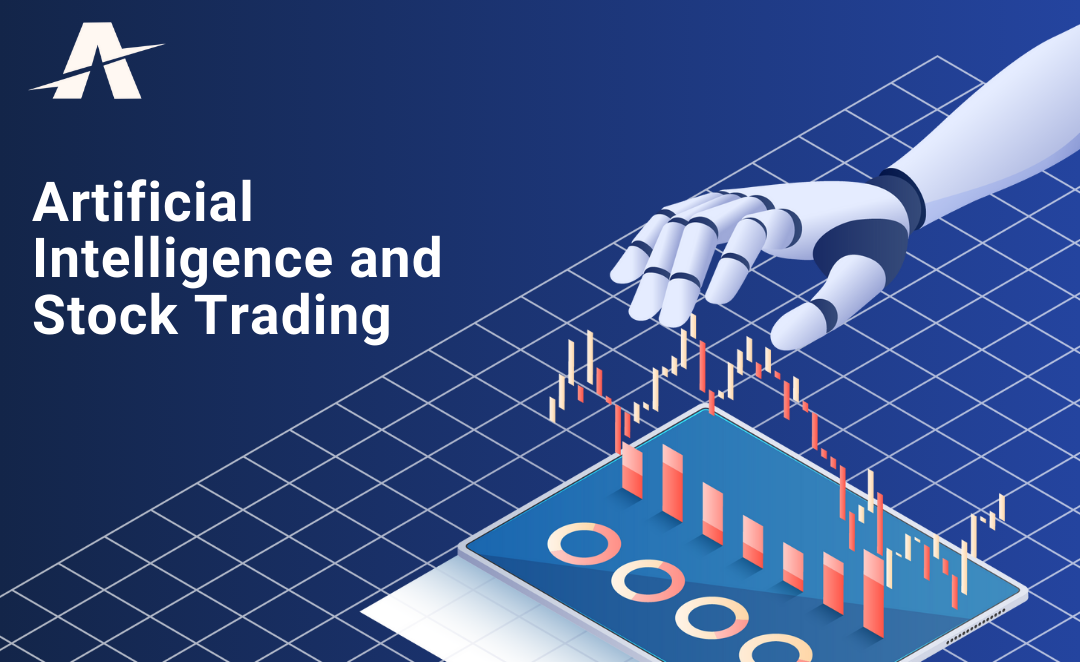20 Top Reasons For Picking Ai Invest Websites
20 Top Reasons For Picking Ai Invest Websites
Blog Article
Top 10 Tips To Evaluate The Strategy Customization Of Ai Stock Predicting/Analyzing Trading Platforms
The ability to tailor the trading platform according to your goals in trading and risk tolerance and market conditions are an essential feature of AI-based stock prediction and analysis trading platforms. A platform with a variety of customizable features can enhance your trading. Here are 10 tips to help you evaluate the capabilities of a platform to modify your strategy
1. Evaluate Pre-Built Strategy Templates
Variety of templates: Check if the platform offers a range of pre-built strategies to suit different styles of trading (e.g., swing trading, day trading, long-term investment).
Usability: Consider how easily these templates can be altered to meet your requirements.
Performance historical data. Find out if the platform includes historical performance information for prebuilt strategies.
2. Assessment Customized Strategy
Drag-and-drop tools: Look for platforms that provide intuitive drag-and-drop interfaces to create customized strategies.
Find out about coding options. For more advanced users, you may need to verify if the service provides custom-made coding.
Flexibility: You need to be able to establish the entry/exit criteria, risk management parameters and other components that are key to your plan.
3. Check for Backtesting Capabilities
Historical data. Examine whether the platform can provide enough historical data in order to test the strategy.
Customizable parameters - Ensure that you can change parameters (e.g. indicators, timeframes) when back-testing.
Performance metrics - Make sure to see if the platform has specific indicators of performance (e.g. the winning rate, Sharpe coefficient or drawdown) for all strategies tested back.
4. Evaluate Real-Time Strategy Testing
Paper trading: Make sure that the platform lets you practice or test your strategies without risking any money.
Live testing: Find out whether you're able to test your strategies on real markets using small amounts capital.
Real-time adjustments: Determine if you can tweak strategies in real-time based on market conditions.
5. Assess integration with technical indicators
Indicator library: See whether the platform provides a comprehensive library of technical indicators (e.g. Moving averages, RSI, MACD).
Custom indicators: Make sure you have the ability to create or import custom indicators to use in your strategies.
Combination of indicators: Look whether the platform allows combining multiple indicators to support more complex strategies.
6. Check for Risk Management Tools
Stop-loss/take-profit: Ensure the platform allows you to set stop-loss and take-profit levels within your strategies.
Position sizing - Examine for any rules you can use (e.g. the fixed amount or an amount of your portfolio) to control risk.
Risk-reward: Check if your platform permits you to set risk-reward for each trade or strategy.
7. Evaluate Multi-Asset Strategy Support
Asset Classes: Make sure that the platform can support strategies that are based on multiple asset classes (e.g. ETFs Forex, Options and Stocks).
Cross-asset strategies: Determine if you are able to make strategies that encompass different asset classes (e.g. pairs trading or Hedging).
Market coverage - Make sure that the platform covers the markets that you're interested (e.g. US and international markets or copyright, etc.).
8. Evaluate Automation and Execution
Automated trading: Ensure the platform supports automated execution of strategies using predefined rules.
Types of orders: Ensure that the platform is able to run different types of orders including stop, limit and market.
Latency: Check whether the platform is able to execute trades with minimal latency particularly when using high-frequency strategies.
9. Make sure you are using tools for strategy optimization.
Parameter Optimization: Make sure whether the platform provides tools for optimizing strategies parameters (e.g. genetic algorithms grid search).
Machine learning Integration: Determine whether a platform is able to integrate machine learning to optimize and refine the strategy.
Scenario Analysis: Check whether the platform can test strategies across different markets (e.g. bull or bear and volatile).
Read the Community Feedback and User Reviews
User feedback: Use user feedback to evaluate the effectiveness of the platform for customizing strategies.
Community forums: Check whether the platform hosts an active community of users who are able to discuss and discuss customized strategies.
Support sources. Be sure to check for tutorials or webinars to assist you in developing and optimizing your strategies.
Bonus Tips
Trial period: Test the platform's customisation features with a free demo or trial.
Scalability: Ensure that your platform can manage complex strategies that change when you trade.
Customer Support: Verify that the platform provides support for any issues related to the strategy or questions.
Check these points to determine the AI platform's stock prediction/analyzing capabilities and capacity to tailor strategies. When you do this you can ensure you select a platform that is compatible with your objectives for trading and allows you create and improve your own strategies. Platforms with strong customization capabilities can help you adapt to changing market conditions, and enhance your trading performance. Read the most popular ai chart analysis for website examples including trader ai, ai trading bot, incite, best stock advisor, investment ai, chatgpt copyright, best stock analysis app, ai stocks to invest in, ai stock picks, ai stock picks and more.
Top 10 Tips For Evaluating The Scalability Of Ai Stock Predicting/Analyzing Trading Platforms
It is crucial to evaluate the performance and scalability of AI-driven stock prediction and trading platforms. This will guarantee that they can manage the growing volume of data as well as market complexity and demands from users. These are the top 10 ways to evaluate scalability:
1. Evaluate Data Handling Capacity
TIP: Ensure that the platform is able to process and analyze large datasets.
The reason: A scalable platform should be able to handle the growing data volume without performance degradation.
2. Test the Real-Time Processing Capabilities
Check out how well your platform is able to handle real-time streams of data such as live stock quotes or breaking news.
What is the reason? Analyzing in real-time is crucial for trading decisions, and delays could result in missed opportunities.
3. Cloud Infrastructure and Elasticity Cloud Infrastructure and Elasticity: Take a look
Tip. Check if the platform is using cloud-based infrastructure like AWS, Google Cloud and Azure that can scale resources on demand.
The reason: Cloud platforms are elastic, and can be scalable up or down according to demands.
4. Evaluate Algorithm Efficiency
TIP: Check the computational power (e.g. deep learning and reinforcement learning) of the AI models used for prediction.
Why: Complex algorithms consume a lot of energy. Therefore optimizing them will assist you in scaling.
5. Examine Parallel Processing and Distributed Computing
TIP: Check if the platform makes use of parallel processing and distributed computing frameworks.
The reason: These technologies enable quicker data processing and analytics across multiple nodes.
Examine API Integration and Interoperability
Test the platform’s ability to incorporate APIs from other sources.
Why: The platform is able to adjust to changes in markets and sources of data due to the seamless integration.
7. Analyze User Load Handling
To check the effectiveness of your platform, simulate high-traffic.
What's the reason? The performance of a scalable platform should not be affected by the rise in users.
8. Review the model of Retraining and its Adaptability
Tip: Examine how often and effectively the AI models are trained with new data.
The reason is that markets are always changing, and models have to evolve quickly to stay accurate.
9. Verify fault tolerance and redundancy
Tips - Ensure that your platform is equipped with failover and redundancy mechanisms to handle hardware or software failures.
The reason trading can be costly, so scaling and fault tolerance are crucial.
10. Monitor Cost Efficiency
Tip: Consider the cost of scaling your platform. Take into account cloud resources such as storage of data as well as computing power.
Why: The price of scalability shouldn't be unsustainable. Therefore, it is essential to balance performance and cost.
Bonus tip Future-proofing
Making sure that the platform can be able to handle the latest technology (e.g. advanced NLP quantum computing, quantum computing) and regulatory changes.
Concentrating on these aspects will allow you to assess the capacity of AI software for stock prediction and trading, and make sure they are durable and efficient, prepared for expansion in the future. See the top rated best ai stock examples for website advice including ai investing app, investing ai, chart ai for trading, getstocks ai, ai investing, stock analysis app, stock ai, ai trading software, chart ai trading, ai hedge fund outperforms market and more.